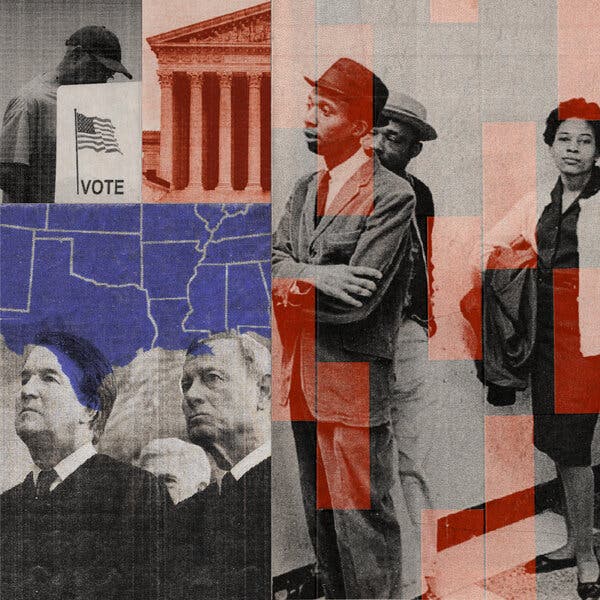The Supreme Court has long entertained questions about the constitutionality of the Voting Rights Act. However, it was only recently, when expanding the scope of a Louisiana redistricting case, that the justices officially placed this issue on their agenda.
With oral arguments set for October 15, there is growing consensus that the remnants of the 1965 landmark legislation—already weakened by the Shelby County ruling 12 years ago—face a significant risk of further erosion or complete invalidation by the end of the court’s next term.
Rather than predicting this outcome, it is important to consider how the Voting Rights Act, a pivotal achievement of the civil rights movement designed to eliminate racial discrimination in voting, has arrived at such a precarious juncture. How has a law intended to protect electoral fairness come to be viewed by some as a source of racial division?
One explanation is that the Act’s relevance has diminished over time, with conditions that originally justified its stringent oversight no longer prevailing. This was the central argument of Chief Justice John Roberts in the Shelby County decision, where the court struck down the provision requiring certain states with histories of voting discrimination to obtain federal preclearance before modifying election rules. Chief Justice Roberts asserted that significant changes in the South rendered this oversight obsolete.
Justice Brett Kavanaugh appeared to support a similar view two years ago when he concurred—albeit reluctantly—in a ruling mandating Alabama to create a second congressional district with a Black majority. That case, like the current Louisiana matter, involved Section 2 of the Voting Rights Act, which guarantees equal electoral opportunities to all racial groups.
However, the argument that the Voting Rights Act is no longer necessary is contradicted by ongoing disparities. For example, Fayette County, Tennessee, recently resolved a Voting Rights Act lawsuit alleging that its electoral system violated Section 2 and the Constitution by diluting Black voting power. Despite Blacks comprising over 25 percent of the county's population, none of the 19 county commissioners were nonwhite. The lawsuit was dropped after the county adopted a new districting plan establishing three majority-Black single-member districts.


0 Comments
No comments yet. Be the first to comment!